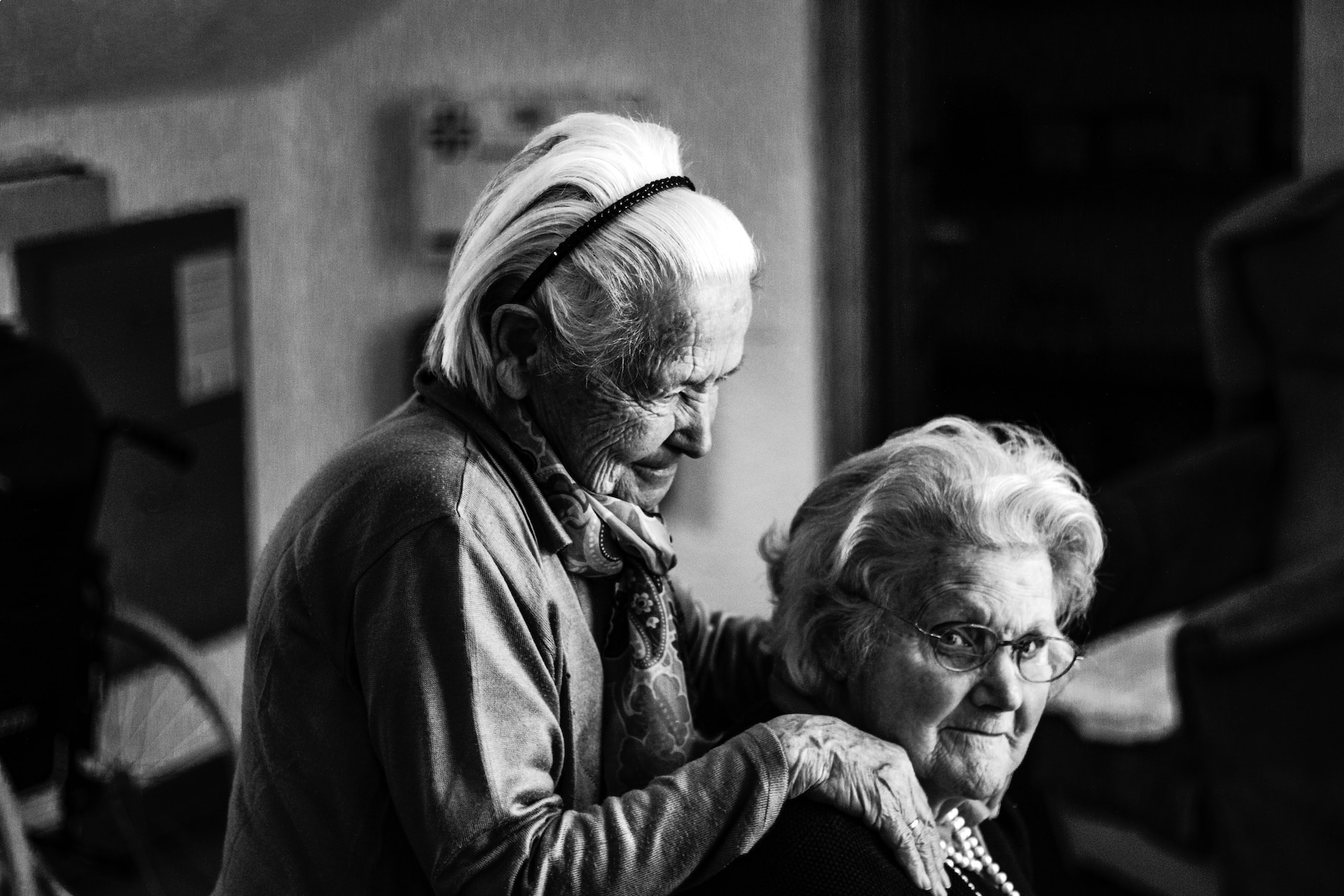
Podiatrists have first-hand experience when it comes to wanting to provide quality aged care services. Yet this delivery relies on supportive policies and robust funding.
This article explores this shortfall from the perspective of the Australian Podiatry Association (APodA) and aligned entities – such as Allied Health Professions Australia, of which APodA is a member.
As a member of Allied Health Professions Australia (AHPA), the APodA continues to support AHPA’s efforts in driving the focus on reform, and addressing a misalignment of care.
This misalignment centres on the imbalance between the quality of care currently provided in the aged care sector (by allied health professionals such as podiatrists), versus the care that could be provided if more support were given via additional funding and policy changes.
Another current challenge that deserves time and attention is in response to the Independent Health and Aged Care Pricing Authority’s (IHACPA) open consultation. Concerns continue to exist regarding the limited collection of data on the care currently provided. There is a need to improve such research and consultation in order to reflect the true cost of allied health.
Whilst the issue of minimum required minutes (for the provision of allied health care services) does not in itself address these complex challenges, it would go some way to alleviate the gap. The gap in question lies between the desire to provide quality aged care services and the current provision of such services.
The Australian Health Services Research Institute (AHSRI) recommended an average of 22 minutes’ allied health care becomes a mandatory benchmark, and that funding for full service provision is built into the Australian National Aged Care Classification (AN-ACC) model.
However, this recommendation has not been implemented at the time of going to publication. In fact, Australian allied health care still has no minimum required minutes.
Mandatory benchmarking is a process in which health care providers are required to measure and report on their performance against specified benchmarks or standards.
As stated by AHPA in its recent position paper on allied health in aged care, this lack of benchmarking gives allied health professionals, such as podiatrists, no means to identify allied health needs and necessary spending. This means a podiatrist has to decide upon these factors independently, despite not receiving a designated funding allocation.
The impact of this is far-reaching, as evidenced by data collated by the AHPA’s Aged Care Working Group:
Reports have been shared on the negative impacts of these current conditions, which limits allied health care providers’ ability to provide quality care.
The AN-ACC assessment tool is derived from the AHSRI-developed funding model. The tool was created to ensure providers are appropriately funded to meet the needs of aged care residents and the costs of their care, which by merit should encapsulate podiatry care.
The funding model uses a standardised classification system to enable health care providers to classify the needs of each resident and receive appropriate funding based on their care needs.
The benefits of this model include:
Despite these benefits, without an allied health benchmark and targeted funding, the AN-ACC model will not be sufficient alone to address, “the gross under-provision of care identified by the Royal Commission” (AHPA).
The APodA is working in close alignment with key entities, such as AHPA, to ensure a coordinated all-of-allied-health-care approach.
Potential actions have been outlined in the recent position paper by AHPA, ‘Allied health in Aged Care – What is needed’. This paper outlines four clear recommendations (which APodA are involved in working through, alongside other key entities in the allied health sector).
Education is key here. This is partly why the first recommendation from AHPA’s above-mentioned report forms the basis of this month’s article (that being mandatory benchmark and associated funding for allied health) .
Next month, STRIDE will explore AHPA’s second recommendation in more detail (being a national care assessment and planning tool). In the July and August issues of STRIDE, AHPA’s final two recommendations will be explored in more detail (being the role of multidisciplinary care and the regulation of allied health quality and safety).
To drive yet further action, the APodA has recently formed a special interest group, Podiatry Aged Care, to represent the role and interests of podiatrists when collaborating with key entities from the wider allied health sector, such as AHPA.
If you are a member of the APodA, you can join the Podiatry Aged Care special interest group.
© Copyright 2021 The Australian Podiatry Association
